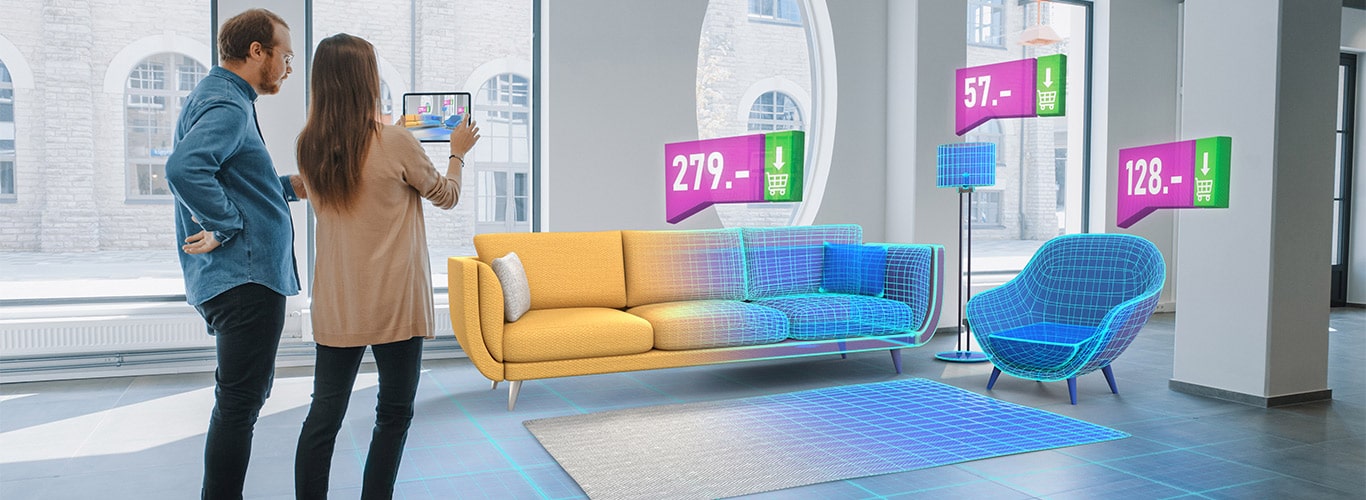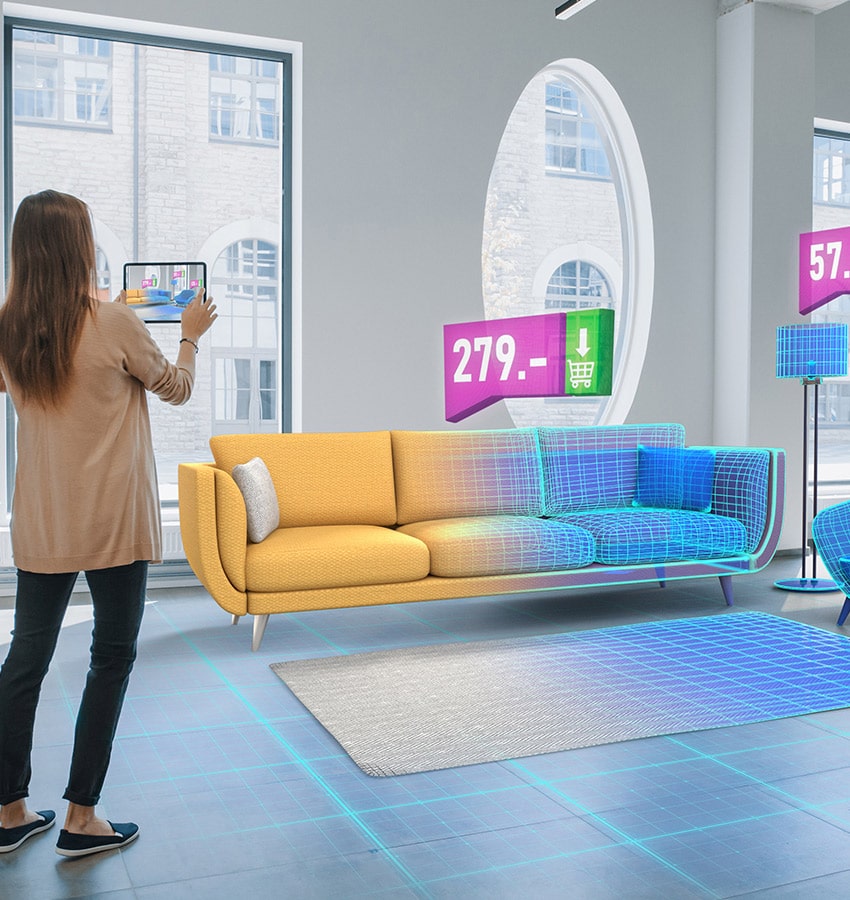
The Future of Social Media Marketing – AR Influencers
Augmented reality has become a fundamental aspect of the lives of millennials and Generation Z, from games like Pokémon Go to social media filters. In retrospect, this is not surprising. The social media advertising scene has changed dramatically over the years, particularly after the outbreak of the COVID-19 pandemic. Finding your foothold in the ecosystem may be challenging, with so many notable social media trends buzzing around. lets see the Future of Social Media Marketing – AR Influencers.
The time has come for Augmented Reality!
AR is drive by mobile phones, a technology that is already in the younger generation’s clutches. AR is one of the most accessible forms of technology because it does not require any expensive equipment.
The first augmented reality experiences appeared in the gaming and entertainment industries. Non-gamers, on the other hand, used innovative examples like Google Maps’ AR walking guidance function or Google Translate live to interact with AR. Social media platforms soon followed suit, dipping their toes in the water with integrated AR features. Filter games and attractive photo filters quickly became popular.The next important step in their ventures was, predictably, the commercialization of this technology.
Shopping Meets Augmented Reality
Although many social media sites and brands have been dabbling in developing technologies for years, the pandemic has signalled AR’s actual tipping point. Consumers have embraced online purchasing as a result of COVID regulations, and firms have been obliged to be more inventive, relying heavily on digital resources. Makeup and apparel stores, which have traditionally relied on in-store customers, have quickly turned to augmented reality elements to attract customers. Try-on applications have become the new norm, allowing virtual fitting for almost everything, from a new pair of shoes to jewellery, cosmetics, or even a new coffee table in the living room!
Aside from product visualization, augmented reality solution also revitalizes interactive advertisements. It enables brands to communicate with customers in ways that traditional print, radio, and television cannot.
Burger King’s 2019 advertisement was one of the most imaginative campaigns that utilized AR to transform the physical environment into a digital opportunity. Customers were invited to burn competitor fast-food company advertisements using the Burger King app. When a competitor ad caught fire, a Burger King ad appeared, revealing a promo code for a free Whopper!
Augmented Reality impact on Social Media
For a long time, the augmented reality communities on Instagram, Snapchat, and TikTok have been bubbling with inventiveness. However, AR on social media took off in the fall of 2019, when Facebook granted all users (not just select partners) access to publishing AR filters on its platforms. several future of social media marketing – AR influencers with a growing following across channels have consequently emerged in recent years.
Camera IQ enables brands to create augmented reality experiences and establish social followings like these influencers (albeit with their brand identity and voice). That is why we believe marketers must be aware of and understand AR creators.
Augmented reality influencers are digital artists who have mastered the development of filters and lenses. Their profiles feature AR lenses that are updates weekly, if not daily. Here are a few important influencers to watch!
AR Curator versus AR Creator
It would be negligent not to highlight another growing type of AR influencer, the AR curator. These accounts scour social media networks for the most interesting, unexpected, and novel use of social augmented reality. Consider them to be digital gallery owners: they have enormous power, propelling a lens or maker from relative obscurity to a social phenomenon. Many of these aggregators are followed by traditional influencers and celebrities, who rely on them to keep up with the current trends. Some of our favourites are @lens.list, @face.effects, and @instamask.
Are Influencers Effective in Driving Adoption?
The Facebook product videos of parents using Oculus with their children are generally sufficient to demonstrate how peer influence may drive adoption. We all want to be like our idols and listen to industry experts, but we also have an instinctive desire to keep up with our self-defined peers.
Peer pressure has propelled product adoption in the past, and it is difficult to envision VR/AR being any different. Still, the technologies are in the early stages of commercialization and are not yet widely available.
The videos accomplish two things that are extremely beneficial to fostering exponential adoption:
1. Normalization
New technology can be frightening to those who do not comprehend it, especially late adopters. Early adopters’ repeated postings of VR/AR product usage can help it progress faster along the adoption life-cycle curve, as awareness leads to demand for the product and, eventually, compulsion to use & buy.
2. Expansion
Once established as competent users of emerging VR/AR, peer and authority influencers will deliberately or unintentionally begin dragging their audiences from other channels into what will eventually become a series of new media. This is a result of both pull marketing and broadcasting being used to direct external audiences to a new speciality channel with expanded and superior content. We will be asked to like and subscribe to virtual reality platforms that don’t even exist yet; when it becomes the punchline to a joke, it’ll finally become omnipresent.
Why Should You Follow AR Influencers?
The camera and augmented reality (AR) influence Gen Z’s digital experience, and AR makers are at the forefront of digital expression and innovation. Following these influencers is an easy method for digital marketers to stay connected to the cutting edge of AR development and adoption, as well as receive insight into the many sorts of content that customers may be co-creating with your company.
They’re also quite cool.



